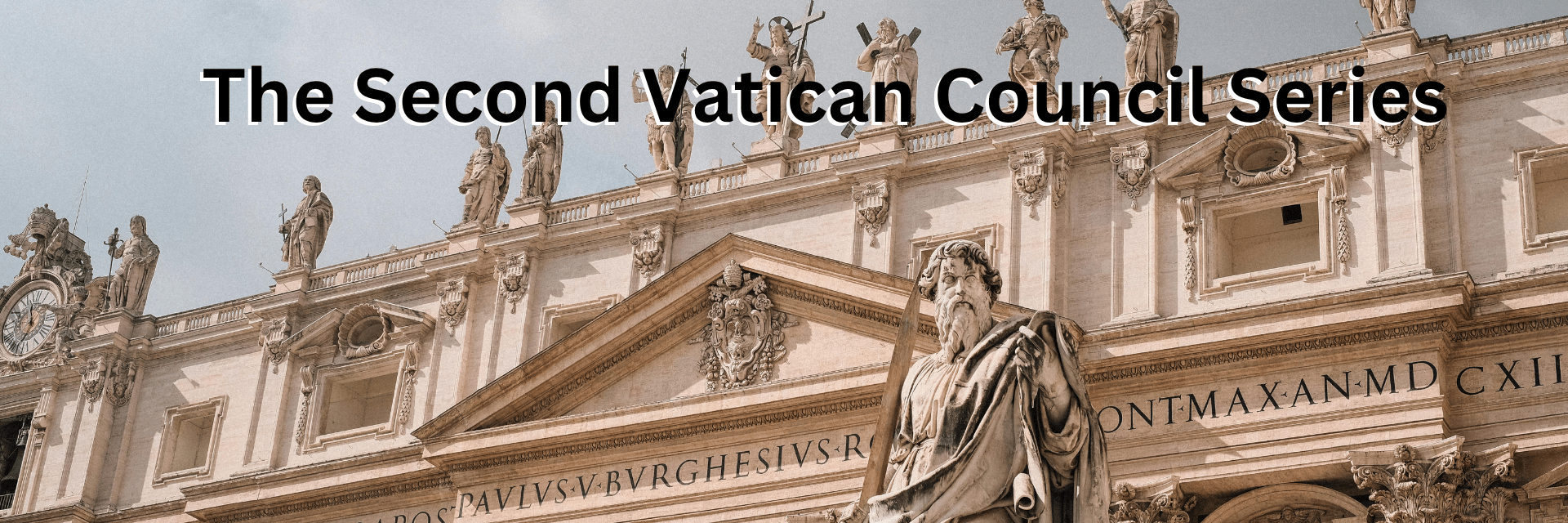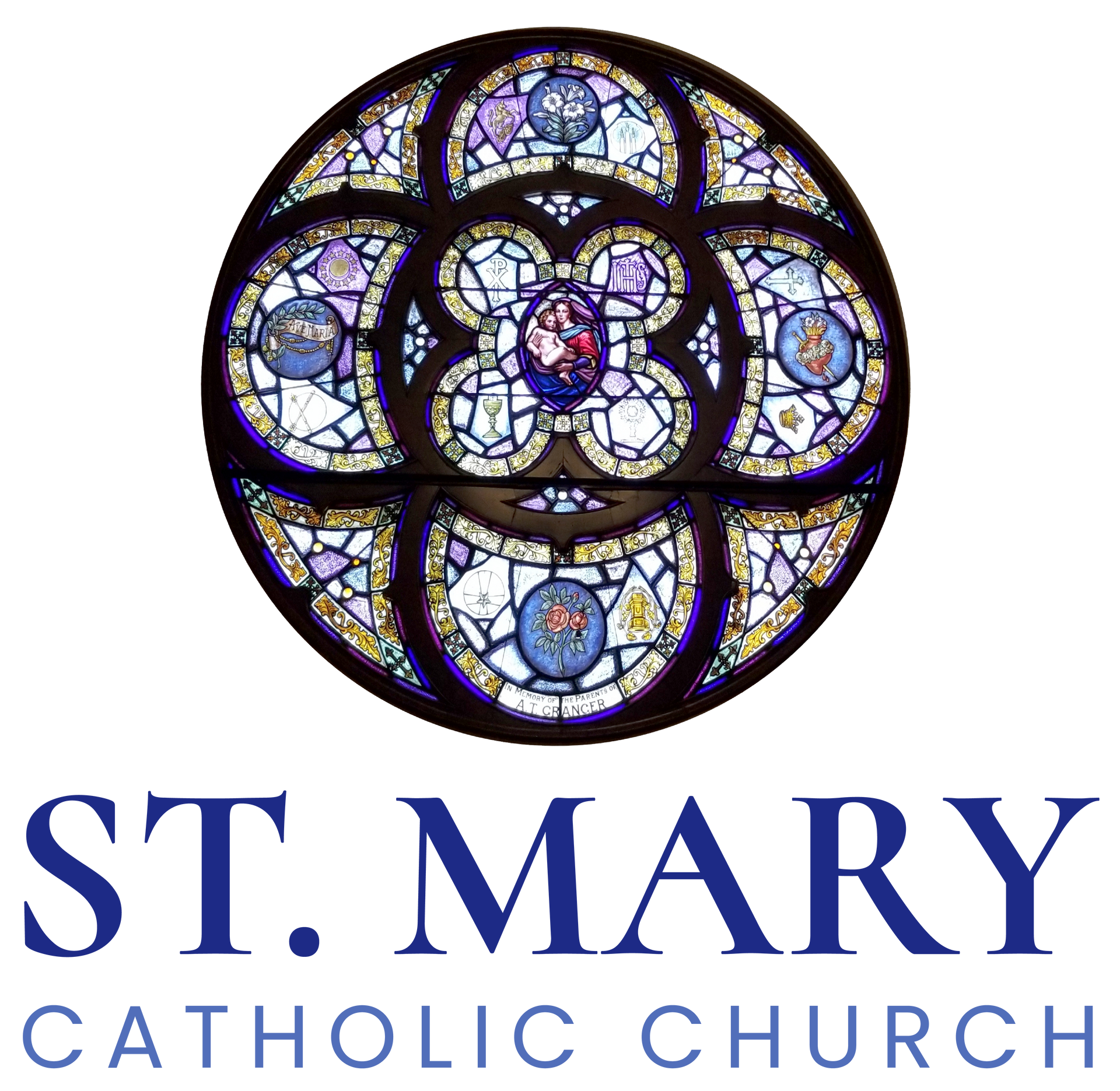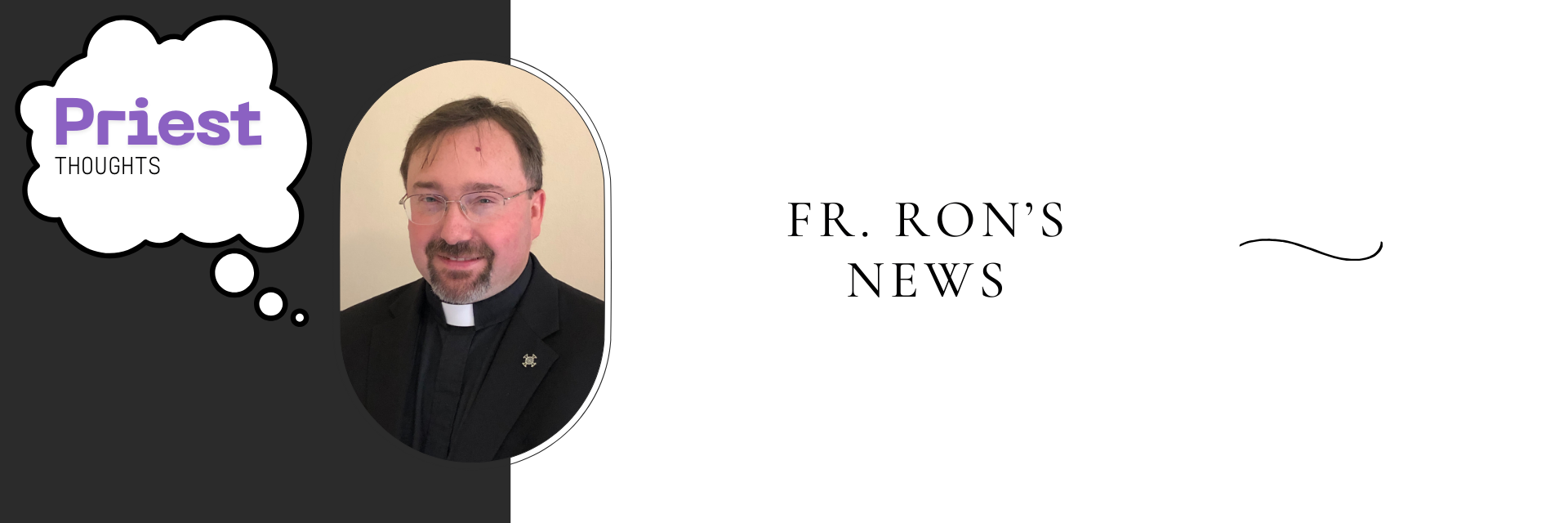7th Letter on Vatican II

VII. A PRIMER IN SACRAMENTAL THEOLOGY REGARDING THE EUCHARIST
As promised in the previous letter, I thought it would be useful to go a little deeper into Sacramental Theology to explain what is essential for a valid celebration of the Mass.
Matter and Form
If you recall from my previous bulletin letter, I delved a bit into the importance of matter and form for the validity of a Sacrament. We will look at the necessary matter and form for the Eucharist.
The Matter of the Eucharist
St. Thomas Aquinas identifies the matter of the Eucharist as bread and wine. For the Eucharist to be valid, the bread must be made from wheat, and the wine must be made from grapes. He emphasizes that these are the elements that Christ used at the Last Supper, and therefore, the Church must continue to use them in the celebration of the Eucharist. Also, both of these elements must be consecrated during the Mass for a valid celebration of the Eucharist.
- Bread: Must be made from wheat, and in the Roman Rite, it is typically unleavened, although leavened bread is used in the Eastern Rites.
- Wine: Must be made from grapes, and in the Roman Rite, it is typically mixed with a small amount of water, following the practice of Christ.
- It is worth noting that for a valid Mass both the bread and wine need to be consecrated.
The Form of the Eucharist: The Words of Consecration
In the same question, Aquinas also discusses the form of the sacrament, which consists of the words spoken by the priest during the consecration. According to Aquinas, the essential words required for the consecration are derived from the words of Christ at the Last Supper, which the priest repeats in the person of Christ (in persona Christi).
Aquinas outlines the words for consecration as follows:
1. For the consecration of the bread: "This is My Body" (Hoc est enim corpus meum).
2. For the consecration of the wine: "This is the chalice of My Blood, of the new and eternal testament: the mystery of faith, which shall be shed for you and for many unto the remission of sins" (Hic est enim calix sanguinis mei, novi et aeterni testamenti: mysterium fidei, qui pro vobis et pro multis effundetur in remissionem peccatorum).
St. Thomas emphasizes that the words "This is My Body" (Hoc est enim corpus meum) and "This is the chalice of My Blood" (Hic est enim calix sanguinis mei) are the essential form of the Eucharist. These words effect the transubstantiation of the bread and wine into the Body and Blood of Christ. While the surrounding prayers are important for the liturgical context, Aquinas teaches that the Eucharist would still be valid as long as these essential words are pronounced by a validly ordained priest using the proper matter.
This teaching aligns with the Church’s position that even when certain non-essential prayers in the liturgy may be adapted or modified, the essential form of the sacraments—especially the Eucharist—must remain unaltered for the sacrament to be valid.
The Words of Consecration in the Eucharist
Another significant concern raised by Traditionalists involves the change in the words of consecration during the Eucharist, particularly the translation of "pro multis" ("for many") rather than "for all." Some argue that this alteration could affect the form of the sacrament and therefore its validity. However, this concern can be addressed by examining sacramental theology and the Church’s authority to regulate liturgical language.
First, it is important to clarify that the words of consecration, while essential, must be understood within the broader context of the Church’s faith. The change from "for all" to "for many" in the post-Vatican II liturgy was not an alteration of the essential form of the Eucharist but a clarification that aligns more closely with the original Latin text and the biblical account of the Last Supper. The words "for many" more accurately reflect the theological truth that Christ’s sacrifice, while sufficient for all, is effective for those who freely accept it.
The essential form of the Eucharist remains in the words of consecration: "This is my Body" and "This is the chalice of my Blood." These words effect the transubstantiation of bread and wine into the Body and Blood of Christ, and they have not been altered in their essential meaning or function. The surrounding prayers and language, while subject to revision by the Church, do not affect the validity of the sacrament. The Church, in its authority, ensures that these changes serve the liturgy’s purpose of drawing the faithful more deeply into the mystery of Christ.
The Necessity of Intention
In addition to the correct matter and form, Aquinas also discusses the necessity of intention. The priest must have the intention of doing what the Church does—consecrating the bread and wine into the Body and Blood of Christ. Without the proper intention, the sacrament would not be valid, even if the correct matter and form are used.
Application to Traditionalist Concerns
In the context of Traditionalist concerns about changes to the liturgy after Vatican II, it is important to note that the Church has always safeguarded the essential form of the Eucharist, as articulated by St. Thomas. The words "This is My Body" and "This is the chalice of My Blood" have remained unchanged in the post-Vatican II reforms. Even though the translation of "pro multis" ("for many") became a topic of debate, this change does not affect the essential form as described by Aquinas, nor does it invalidate the consecration.
In summary, according to St. Thomas Aquinas, the matter and form of the Eucharist consist of:
- Matter: Bread made from wheat and wine made from grapes.
- Form: The words "This is My Body" and "This is the chalice of My Blood," which effect the transubstantiation.
- These are pronounced by a validly ordained priest with the intention of consecrating the bread and the wine into the Body and Blood of Christ.
By ensuring these essential elements are present, the Church guarantees the validity of the Eucharist, even if some aspects of the surrounding liturgical prayers have been modified.





